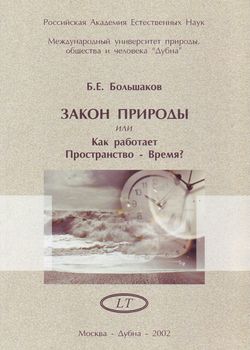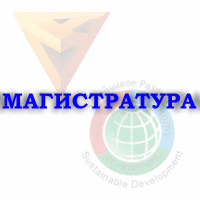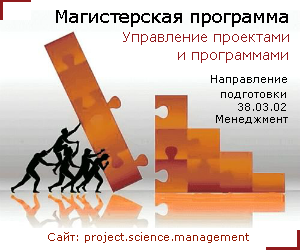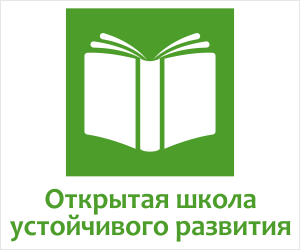Funding: The reported study was funded by RFBR, project number 19-110-50408
E.F. Shamaeva, candidate of technical science, associate professor, Dubna State University, Dubna, Russia
K.N. Shadrov, candidate, Media KST LLC, International Scientific School of Sustainable Development named after P.G. Kuznetsov
Abstract
The focus of this review article is the evolution of ideas about the relationship of physically measurable quantities and monetary measures from the 17th century to the present. It has been shown that researchers are engaged in establishing such a connection within the framework of labor and energy cost theories, based on a number of general provisions, primarily on theses about labor as the basis of cost and the possibility of measuring it in a physical value. A description is given of the joint evolution of theories with gradual division into independent directions, determined by using the physical values of time and energy for measuring the cost, respectively. A key role has been established in the development of both approaches of the problem of transforming a particular labor into abstract, simple labor into complex, as well as the connection of consumption and exchange costs, with the need to simultaneously take into account existing subjective factors. It is indicated that the theoretical maturity of labor and energy cost theories, their applicability to the presentation of socio-economic categories, including the establishment of rules for the circulation of funds of payment, is determined by the ability to present an explanatory model while preserving the end-to-end effect of physical law. As a result of the analysis, it is shown that the energy view on value formation has undeniable advantages, driven by the transition to energy assessments at the level of the social and economic system as a whole, at which there is a dialectical removal of the contradiction between specific and abstract labor and other related categories, and it becomes possible to conclude the rules of money circulation, including the harmonization of emissions with the needs of the physical economy, the establishment of equivalent exchange rates, compliance with the energy standard of means of payment. At the same time, representatives of the labor theory of value in solving similar problems could not maintain a through physical description, incorporating subjective assumptions into their reasoning, which was an inevitable consequence of the use of physical quantity without relying on the corresponding law of nature.
KEYWORDS: value, money, means of payment, physically measurable values, labor theory of value, energy theory of value, exchange value, consumption value, socio-economic systems, energy-economy nexus.
Read CIRCULATION OF MEANS OF PAYMENT: PHYSICAL FOUNDATIONS![]()
Additional materials: works by P.G. Kuznetsov on the issue
The world economy as a large manageable system (1963)
Kilowatt-hour — a universal measure of value in the world economy of the III millennium (1996)
Electronic money and electronic personal accounts (1996)

 ПОСЛЕДНИЕ ЭКЗЕМПЛЯРЫ ТИРАЖА
ПОСЛЕДНИЕ ЭКЗЕМПЛЯРЫ ТИРАЖА





